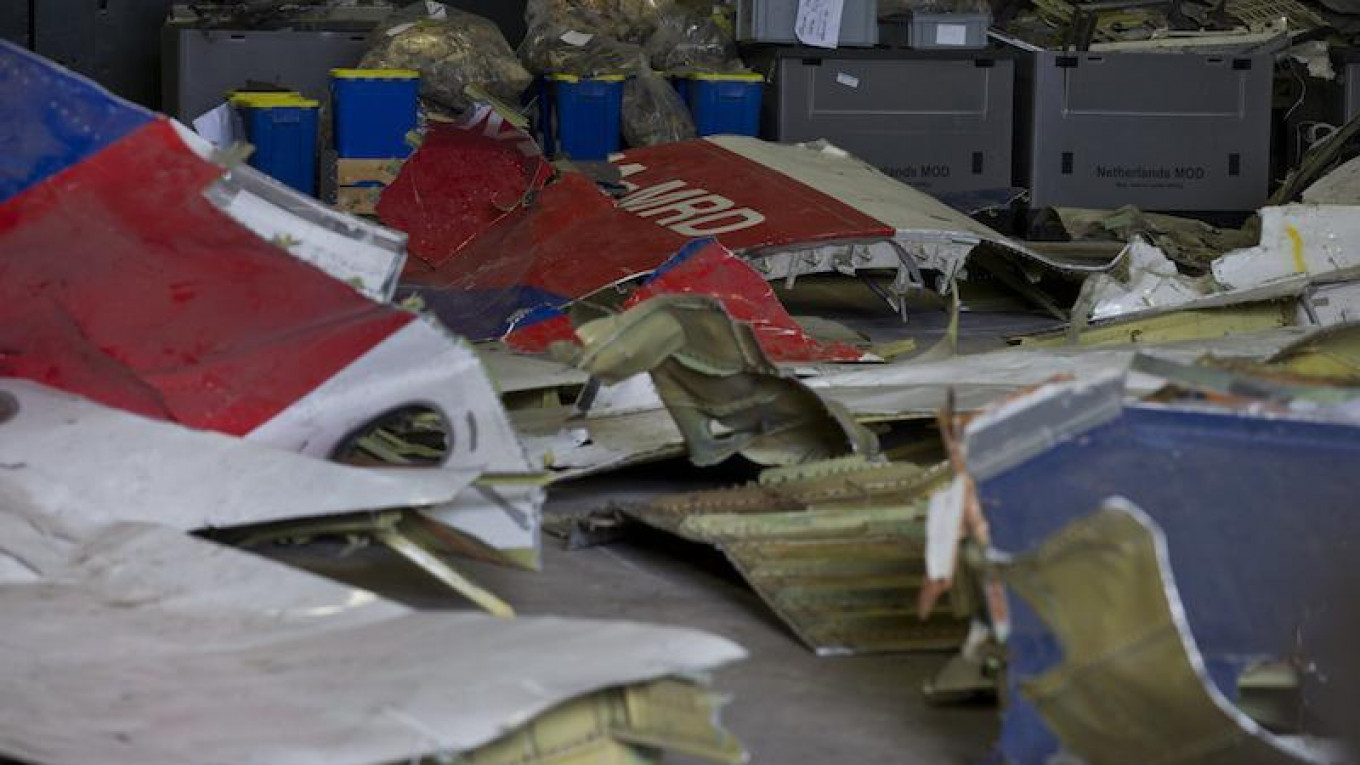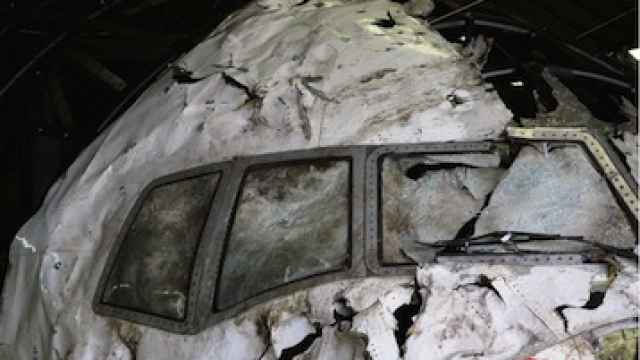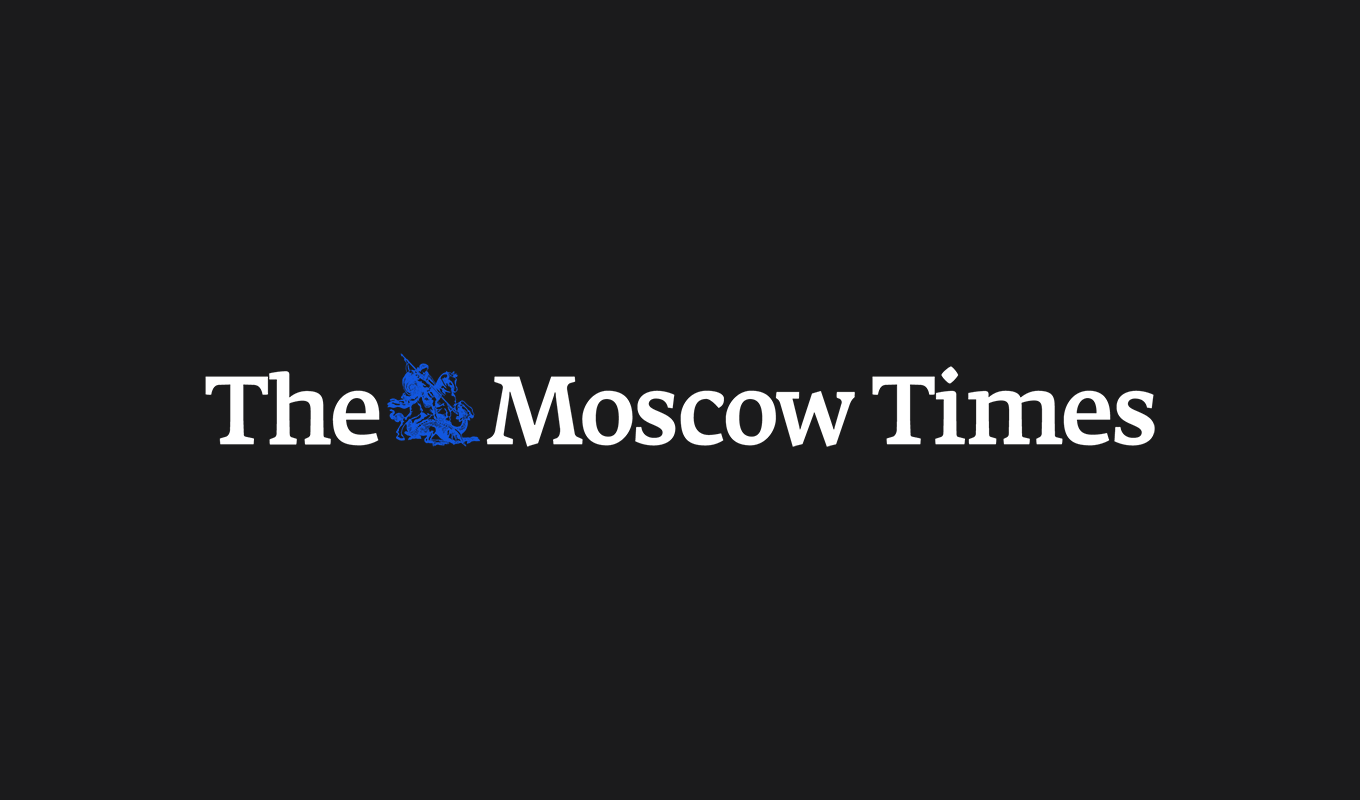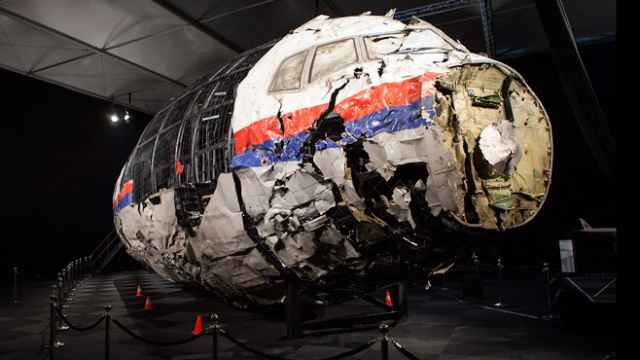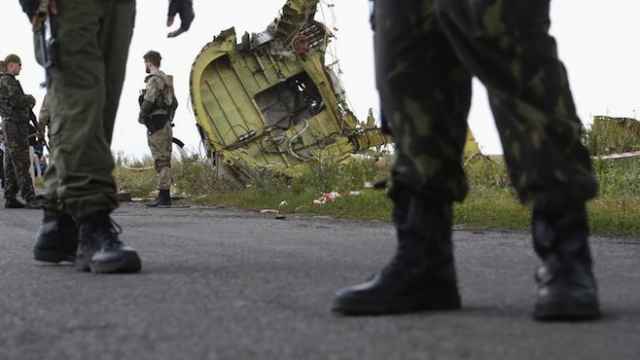A Dutch-led criminal
investigation team has provided further evidence that
Flight MH17 was downed by a missile fired by
pro-Russian separatists — but has stopped short of giving the names of those involved.
The Joint Investigation Team (JIT) said in an interim report on Wednesday that the fatal crash of the passenger plane in July 2014 was caused by a Russian-made surface-to-air Buk missile fired from the territory controlled by separatists in eastern Ukraine.
The JIT pinpointed the launch site as a field outside the village of Pervomaiskoye, roughly six kilometers south of neighboring Snizhne.
The Buk missile launcher had been transported to eastern Ukraine from Russia, and was returned to Russia a day after the crash, the investigators said.
The
team has identified roughly 100 people who were involved in the
transport and firing of the missile. It would not give any names, saying the investigation into the roles of those involved was still ongoing.
In an online statement, Dutch police have issued a call for witnesses to come forward with information on two people reportedly involved in the downing, identifying them as Andrey Ivanovich, alias Orion, and Nikolai Fyodorovich, alias Delfin.
Malaysia Airlines Flight MH17 was flying from Amsterdam to Kuala Lumpur when it was hit by a missile mid-air and crashed, killing all 298 people onboard. Most passengers were Dutch citizens.
Moscow denied any responsibility for the incident from the outset, despite the aircraft crashing in separatist-controlled territory. The Kremlin instead blamed Kiev, with which it was embroiled in conflict over control in eastern Ukraine.
The Dutch-led JIT is a joint effort by the countries who were hit hardest by the crash, including Australia, Belgium, Malaysia. Ukraine has also been involved in the investigation.
The JIT built upon the findings of a separate investigation by the Dutch Safety Board presented last year. That report concluded the aircraft had been hit by a Russian-made Buk missile based on butterfly-shaped shrapnel from the crash site.
The Dutch investigations have directly contradicted Kremlin theories that the plane was shot down by a Ukrainian SU-25 fighter jet. Moscow later abandoned the scenario, claiming in a press conference on Monday that previously unavailable radar evidence showed that the fatal missile could only have been fired from territory controlled by Kiev.
The JIT said Wednesday that it had not been given the radar data by Russia, but added that the team had “no doubts” about its conclusions
A Message from The Moscow Times:
Dear readers,
We are facing unprecedented challenges. Russia's Prosecutor General's Office has designated The Moscow Times as an "undesirable" organization, criminalizing our work and putting our staff at risk of prosecution. This follows our earlier unjust labeling as a "foreign agent."
These actions are direct attempts to silence independent journalism in Russia. The authorities claim our work "discredits the decisions of the Russian leadership." We see things differently: we strive to provide accurate, unbiased reporting on Russia.
We, the journalists of The Moscow Times, refuse to be silenced. But to continue our work, we need your help.
Your support, no matter how small, makes a world of difference. If you can, please support us monthly starting from just $2. It's quick to set up, and every contribution makes a significant impact.
By supporting The Moscow Times, you're defending open, independent journalism in the face of repression. Thank you for standing with us.
Remind me later.


